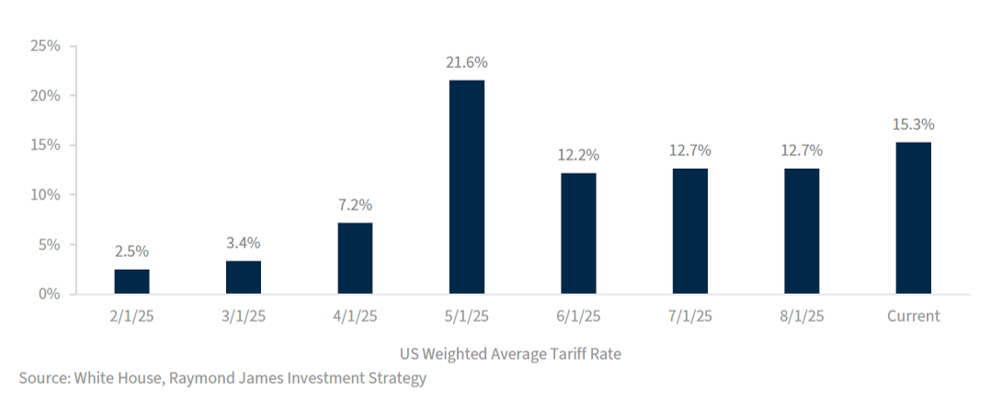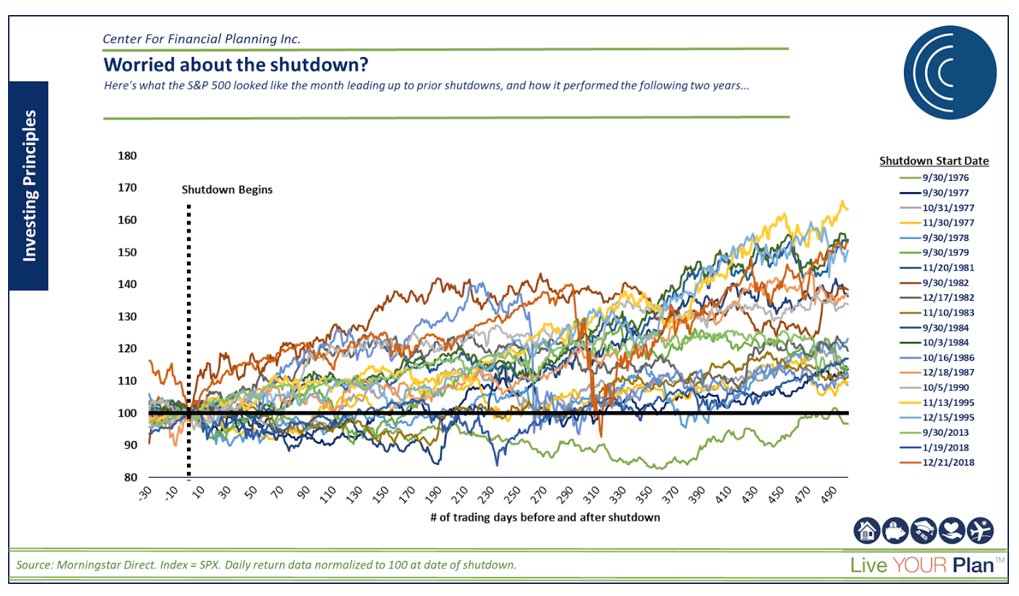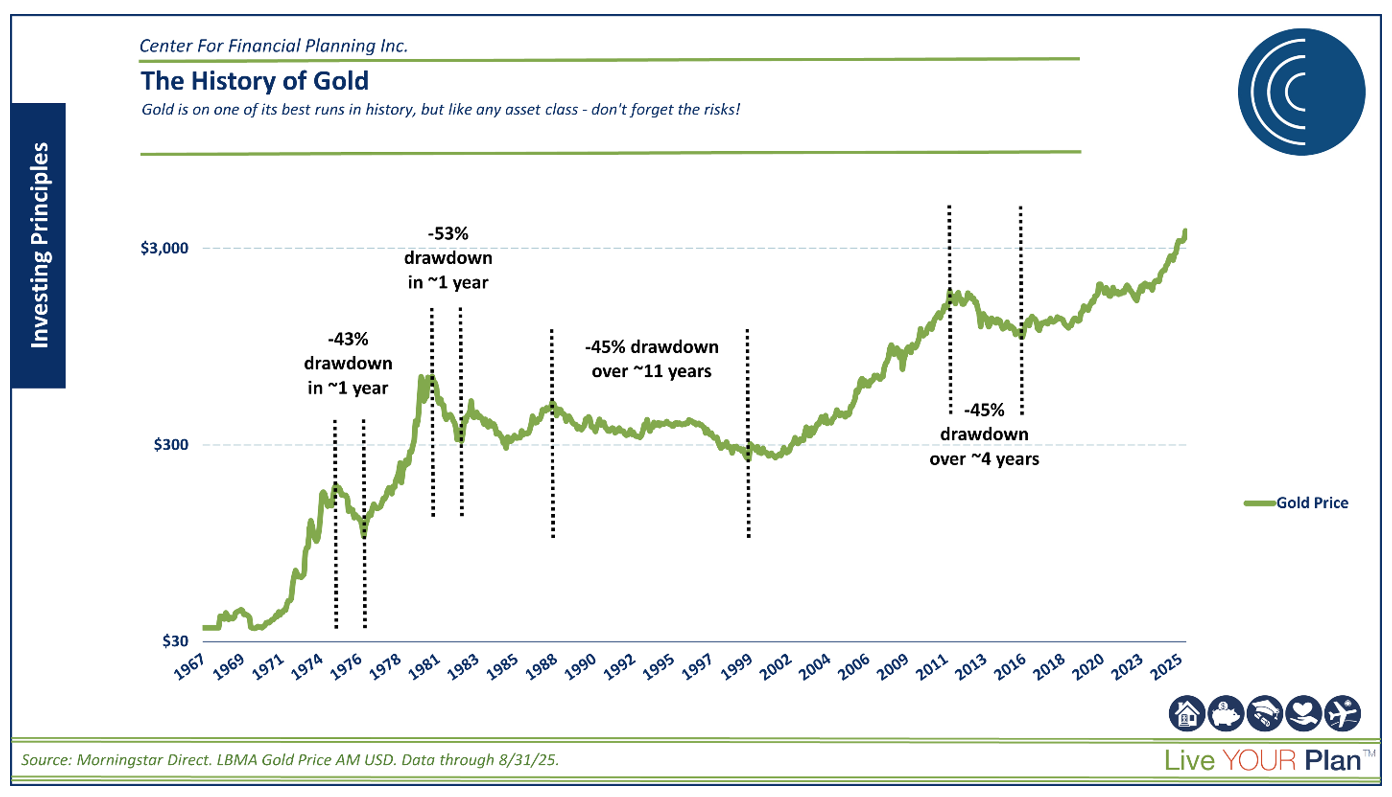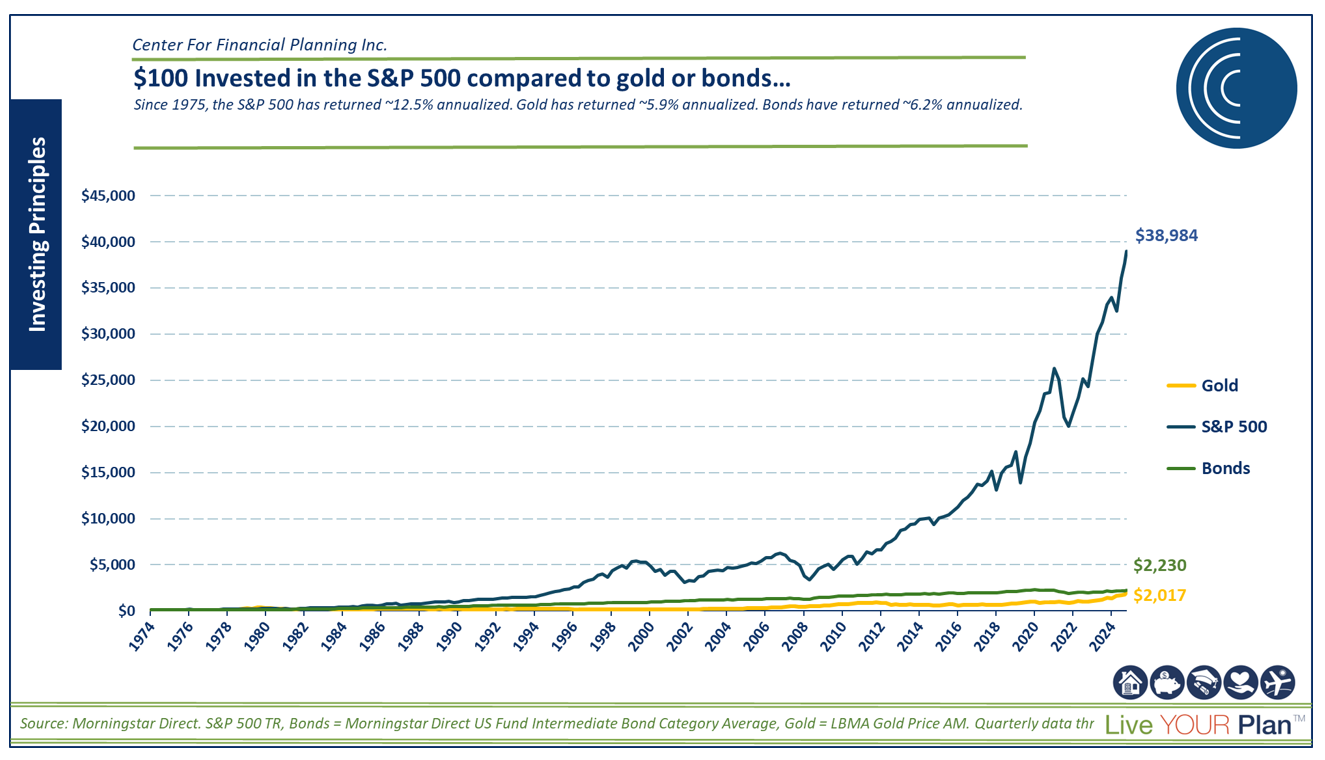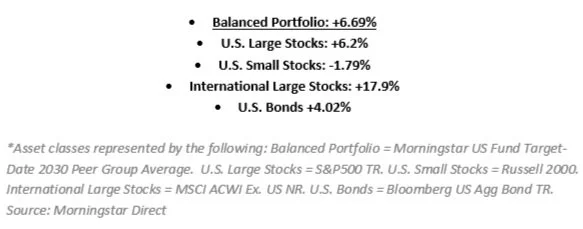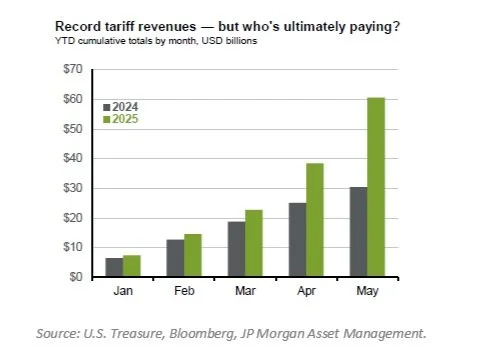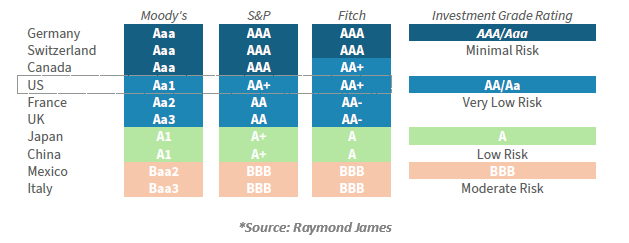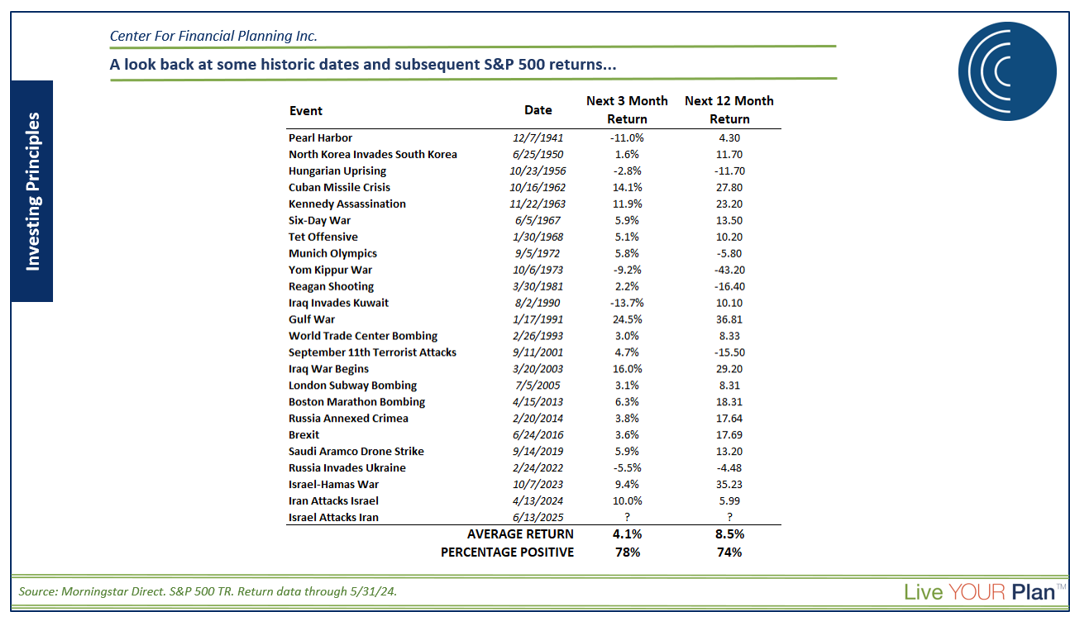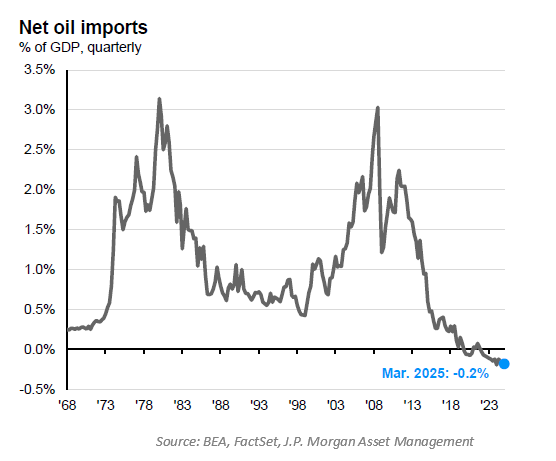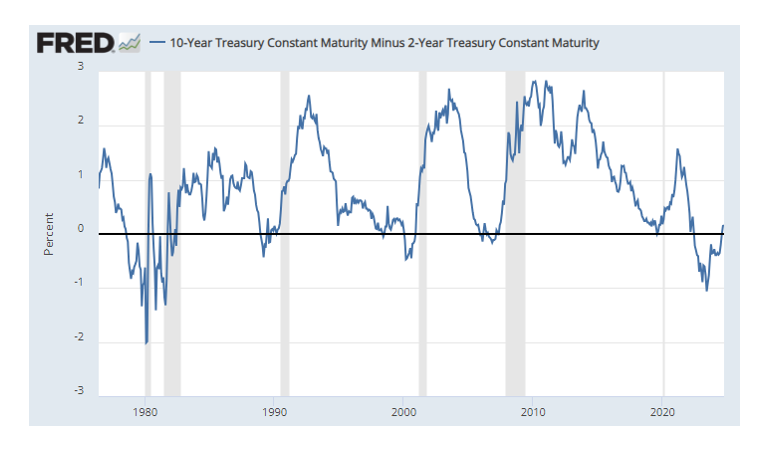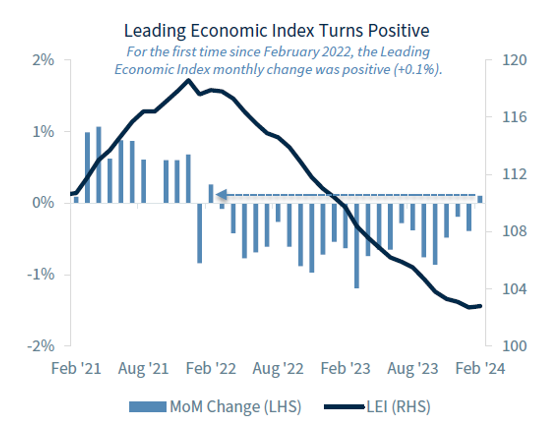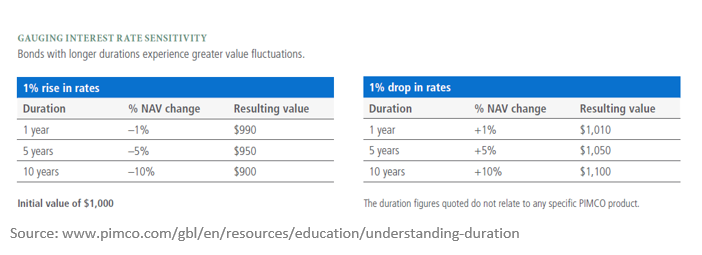![]() Contributed by: Mallory Hunt
Contributed by: Mallory Hunt
The third quarter of 2025 will be remembered as a historic chapter in the ongoing bull market, delivering a standout performance and offering a welcome boost to investor confidence and portfolio growth. Despite ongoing economic headwinds and global uncertainty, investors witnessed a powerful rally. Markets surged to record highs, driven by strong corporate earnings, a strategic rate cut from the Federal Reserve, and the continued dominance of AI-powered growth stocks. This wasn’t just a strong quarter; it was pivotal, signaling a potential turning point in the post-pandemic economic cycle and offering fresh momentum heading into the final stretch of the year. Let’s take a look at some of those record-breaking numbers:
The S&P 500 closed above $6600 for the first time, logging 23 record highs, matching the most in any quarter since Q1 1998. Final numbers had the index up 7.79% for the quarter and over 13.72% year-to-date.
Nasdaq Composite soared 11.24%, driven by continued momentum in AI-related stocks.
Dow Jones Industrial Average rose 5.22%, marking its 8th record high of the year.
Russell 2000 small-cap index jumped 12.02%, outperforming large caps and reaching its first record high since 2021.
This remarkable market performance wasn’t just pure luck; several key drivers came together to propel markets to new heights and can be credited as the fuel to this rally:
AI Momentum: The “Magnificent 7” tech stocks (Alphabet, Amazon, Apple, Meta, Microsoft, Nvidia & Tesla) continued to dominate, with artificial intelligence innovation driving investor enthusiasm and capital inflows
Federal Reserve Rate Cut: The Fed delivered the first rate cut of the year in September, lowering the federal funds rate by 25 basis points and signaling a shift toward a more accommodative policy. This helped ease market concerns and boost investor sentiment.
Strong Corporate Earnings: Over 80% of S&P 500 companies exceeded earnings expectations in the second quarter of 2025, which drove investor sentiment in the third quarter and reinforced the strength of U.S. corporations.
Global Market Participation: International markets also rallied, with emerging markets outperforming developed ones. Easing trade tensions and supportive policy measures contributed to the global upswing.
As far as sector standouts, leading the quarter’s rally was technology, powered by AI-driven momentum, strong earnings, and expanding valuations. Healthcare demonstrated resilience amid evolving policy landscapes and ongoing innovation. Small-cap stocks outperformed their large-cap counterparts, signaling broader market strength. Growth stocks continued to outpace value stocks, particularly within consumer discretionary and communication services. Meanwhile, safe-haven assets like gold and silver also surged, with gold climbing over 15% and silver approaching its 1980 highs, as investors sought protection against inflation.
While the quarter was overwhelmingly positive, several cautionary factors remain on the radar. Inflation remains above target. Equity valuations have reached elevated levels, prompting concerns that limited earnings growth could cap future gains. Geopolitical and trade tensions persist, including ongoing tariff disputes and global instability, which pose risks to supply chains and investor confidence. Additionally, the current government shutdown will likely delay critical economic data releases, potentially complicating the Federal Reserve’s policy decisions and adding uncertainty to the market outlook.
As we transition into the fourth quarter—a period that historically favors market strength—investors have reason to remain optimistic, while staying mindful of elevated valuation levels and macroeconomic signals. While past performance is never indicative of future results, the momentum from Q3 sets a compelling stage for what could be a potentially dynamic finish to the year. Staying invested and diversified remains key, as disciplined strategies continue to benefit from long-term market trends.
Mallory Hunt is a Portfolio Administrator at Center for Financial Planning, Inc.® She holds her Series 7, 63 and 65 Securities Licenses along with her Life, Accident & Health and Variable Annuities licenses.
The information contained in this blog does not purport to be a complete description of the securities, markets, or developments referred to in this material. The information has been obtained from sources considered to be reliable, but we do not guarantee that the foregoing material is accurate or complete. Any opinions are those of Mallory Hunt and not necessarily those of Raymond James. There is no guarantee that these statements, opinions or forecasts provided herein will prove to be correct. Investing involves risk and you may incur a profit or loss regardless of strategy selected. Every investor's situation is unique, and you should consider your investment goals, risk tolerance and time horizon before making any investment. Prior to making an investment decision, please consult with your financial advisor about your individual situation.




